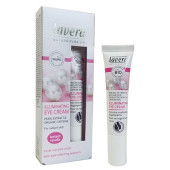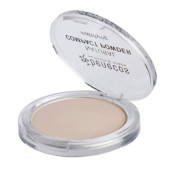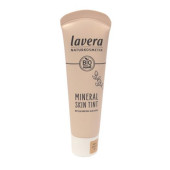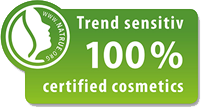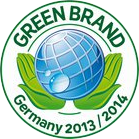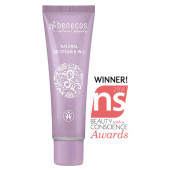Hydrogenated Oils
Hydrogenation is the process of making certain unsaturated fats or oils more saturated such that they have a higher melting point and a longer shelf-life. If not completed hydrogenated, some unsaturated fats turn into trans-unsaturated fats. This partial hydrogenation is performed when the desired effect is a product that is solid at room temperature but melts upon baking or consumption...



